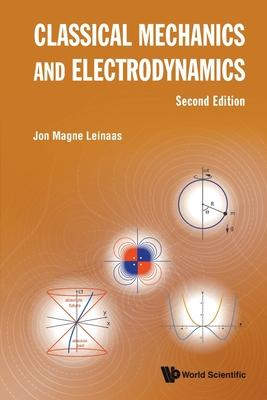The book gives a general introduction to classical theoretical physics, in the fields of mechanics, relativity and electromagnetism. It is analytical in approach and detailed in the derivations of physical consequences from the fundamental principles in each of the fields. This second edition has a new part, namely Classical Field Theory. Highlighting a close connection between this part and earlier parts of the book, where particles, rather than fields are the center of attention.
As a general introduction to classical theoretical physics, the book is different from most textbooks at this level, which focus either on classical mechanics or classical electrodynamics but not both. The book will in particular be useful as a textbook for physics courses with such a broader approach to classical physics. For a wider group of students, the book may be of interest for self study. The new inclusion on classical field theory, will give students greater understanding on previous parts of the book, such as examining the Lagrangian formulation of Maxwell's equations with Noether's theorem. This is central in the use of Lagrangian on fields, as also discussed.
The text is illustrated with many figures, most of these in color. There are many useful examples and exercises which complement the derivations in the text.
